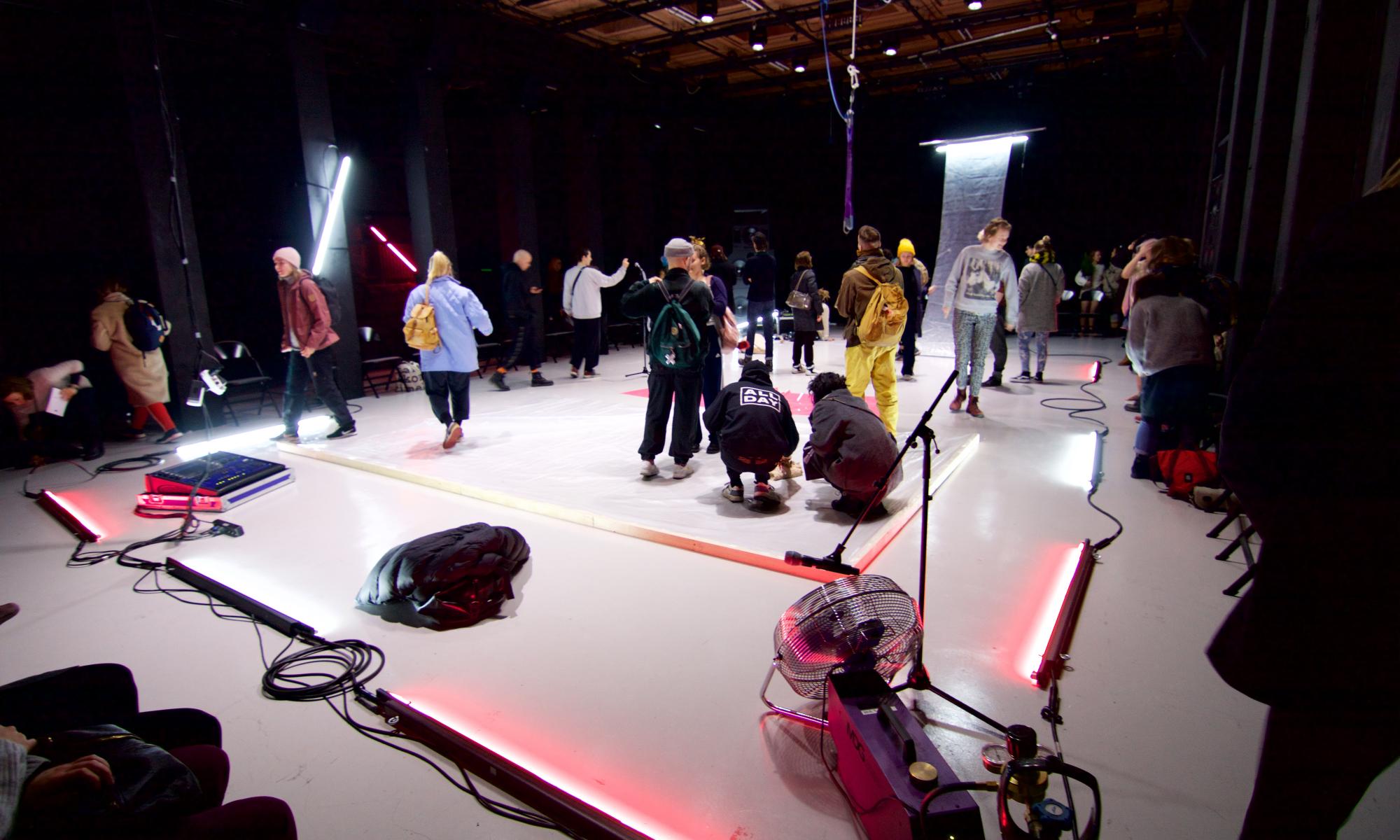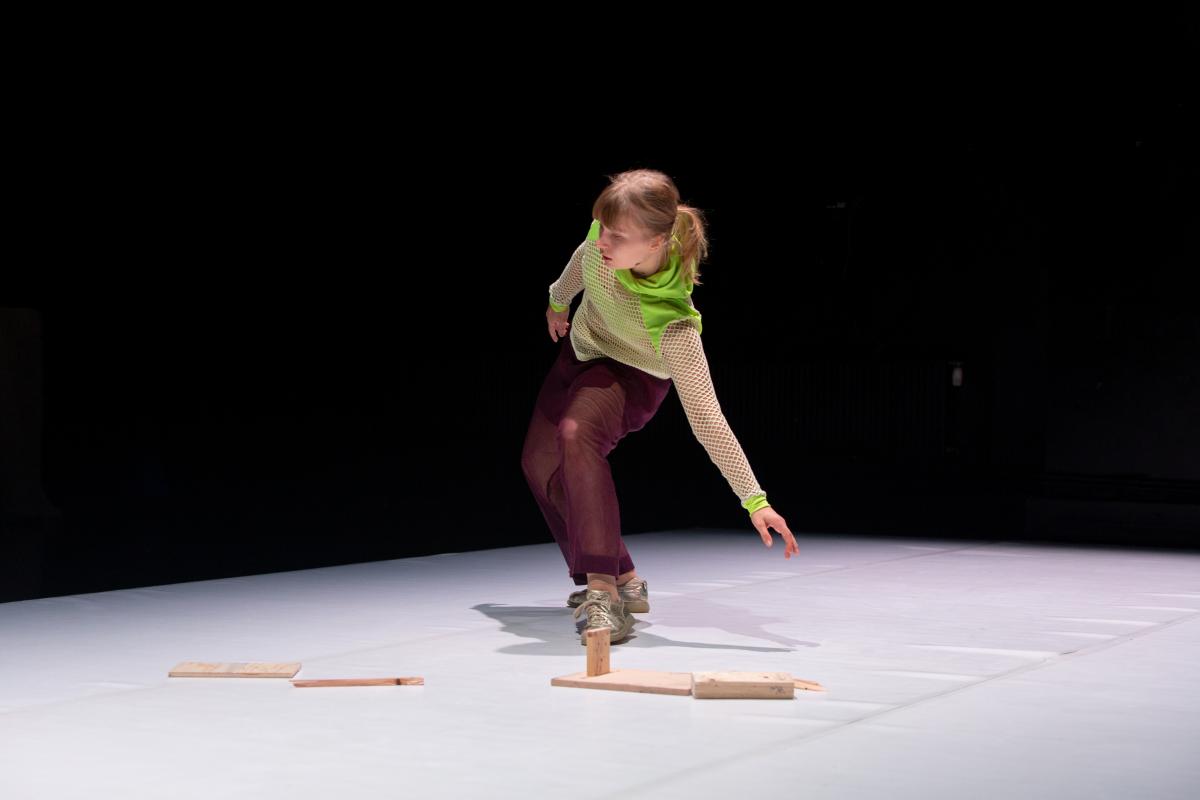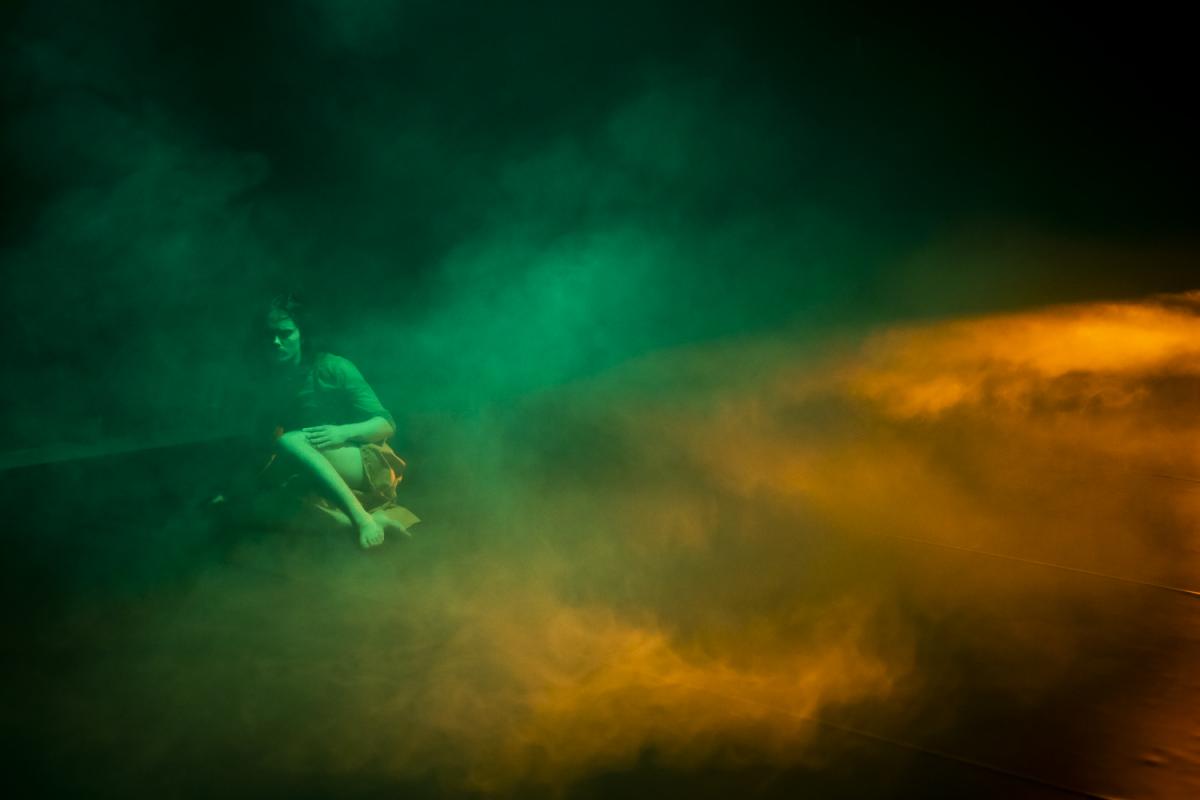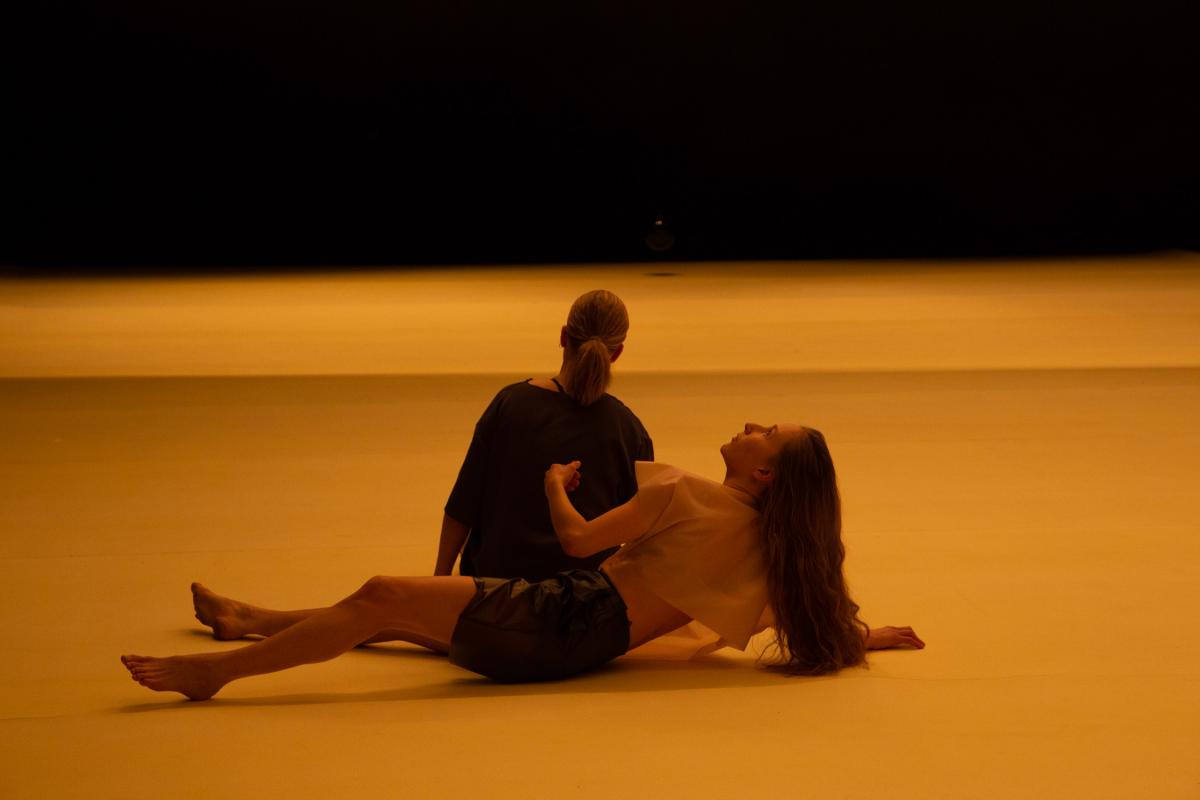Artistic processes and master’s thesis
Studies in the master's programme in choreography include individual artistic projects that each focus on different approaches and aspects of choreography and collaboration.

Studies in the master’s programme in choreography include individual artistic projects that each focus on different approaches and aspects of choreography and collaboration.

Artistic process solo work
The studies in the first-year autumn focus on different methodological and theoretical approaches to choreography and composition. During the artistic process, the students will explore and develop their own choreographic practice, their ability to research the framed subject or approach, and proceed with the process from planning to performing in a studio environment.
Demo presentations
This study module is under construction due to the current renewal of the curriculum. Demos are short artistic sketches with different choreographic approaches and forms of artwork. The central focus is to reflect on questions of contemporary choreography, collective and collaborative ways of working, and methods of choreographing and performing. This demo process has been a collaboration with the students of the MA in Dance Performance but can include students from other fields such as dramaturgy, writing, or acting.

Artistic Collaboration Project (ACO)
In ACO the students will work in a multidisciplinary artistic collaboration with students from six different degree programmes: BA in dance, MA students in lighting design, sound design and scenography from Theatre Academy, and costume design from Aalto University.
Master’s Thesis
In the artistic part of the master’s thesis students show that they can perform independent artistic work that covers all the stages of a choreographic process and gives a picture of the student’s ability to work as a professional choreographer and of their potential to discover their quality as artists.
In the written part of the thesis, which is usually a 40-60 pages academic essay, students demonstrate their ability to analyze, develop, and articulate their artistic research and choreographic practice. In the essay, the students demonstrate their ability to communicate and independently ponder issues related to their own field of art at an advanced level. The thesis project is conducted during the second-year spring term. The written part is submitted in early May and graduation will be at the beginning of June.
